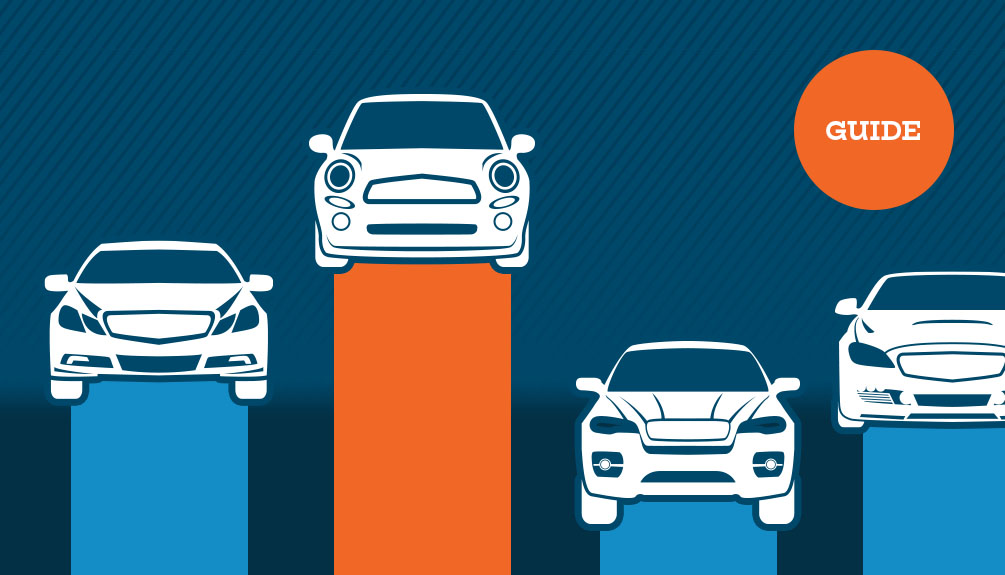A car’s price tag at the dealership is not the same thing as its worth in the real world. A vehicle’s true market value — the dollar amount buyers and sellers are actually agreeing to today, drawn from thousands of completed retail, wholesale, and auction transactions – is a far more powerful figure. That figure often diverges sharply from MSRP or any initial asking price. Yet true market value is only one possible price. A dealer’s trade-in offer, the private-party price you might get on your own, the retail figure a dealer will seek after reconditioning, and the payout an insurer calculates for a total-loss claim can all be different, because each scenario carries distinct costs and risks. Keeping those contexts straight prevents apples-to-oranges comparisons and helps you avoid unrealistic expectations.
What factors really move a used car’s value?
The primary factors that determine a car’s value are condition and mileage. All else being equal, a well-maintained vehicle with service records and modest miles will always fetch more than a worn out, high-mileage model because the buyer is inheriting less wear and fewer looming repairs with the former vehicle.The next most influential factors are brand, model, and model year. Cars from marques with bulletproof reputations, or special-edition trims packed with desirable options, hold their value the best. Age still counts: newer models carry the latest safety tech and styling, with shoppers paying a premium to get.
Finally, basic economics apply. When supply of a particular model tightens, fuel prices spike, or an economic downturn hits, car values reflect it. Prices may climb when a given model is scarce or fall when dealer lots are packed or tastes shift away from a given model or vehicle type. Seasonality amplifies this: convertibles bring the most in April, while AWD crossovers peak just before winter.
Geography also plays a role. A full-size pickup in rural Texas can command thousands more than the same truck in downtown Boston, while compact hybrids often show the reverse pattern.
And a given vehicle’s specific history leaves an indelible mark. Accident repairs, gaps in maintenance, or a branded title slash resale value because the next owner shoulders extra uncertainty. Conversely, a clean Carfax with regular oil-change stamps is a much better bet for used car shoppers to invest in.
What is a vehicle identification number (VIN)?
Since 1981 every passenger vehicle sold in the U.S. carries a unique 17-character Vehicle Identification Number (VIN). You’ll find it most easily by looking through the windshield on the driver-side of the dash, and it’s repeated on the door jamb, vehicle title, registration, and insurance card.Those characters encode the maker, plant, body style, engine, transmission, safety restraint set-up, model year, and a serial number, guaranteeing no two cars share the same fingerprint. Because manufacturers merge and option lists evolve, relying on an outdated VIN decoder or guesswork can lead to costly errors, which is why professional valuation services maintain continuously updated decoding databases.


































































